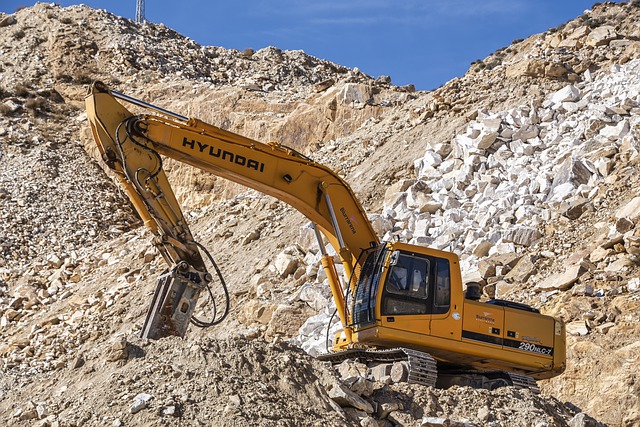
Humans also play a crucial role in determining weathering type and or rate of weathering.
Industrial Activities
Gases from factories and vehicles release considerable amounts of carbon dioxide in the atmosphere which results in acid rain production.

This acid rain has an effect on rocks such as limestone which causes carbonation and leads to their decomposition.
Moreover, when such gases are trapped in the atmosphere they cause high temperatures (global warming) which can accelerate chemical weathering processes and also physical weathering such as insolation.
Deforestation
Cutting down trees for commercial and non-commercial means more carbon dioxide remains unabsorbed which in turn results in more acidic rainfalls. Deforestation also exposes the rock to more agents of weathering such as high insolation which could lead to exfoliation.
Conversely, afforestation shelters the rock from agents of weathering and can also provide more humic acids for weathering.
Mining/Quarrying
The blasting effect to reveal mineral seams expose rocks to new conditions. Pressure is released when the overlying strata is removed. In some mine shafts rock bursts can occur due to pressure release.
Veld Fires
Veld fires subject rocks to intense heat which can lead to thermal expansion or exfoliation.
Dumping
Dumped waste can contain chemicals that can sip or be washed away in rock openings. These chemicals can react with certain rock minerals such as calcium carbonate in limestone which break the rock apart.
Construction

Heavy construction machinery such as bulldozers, graders etc can crush and break down rocks
